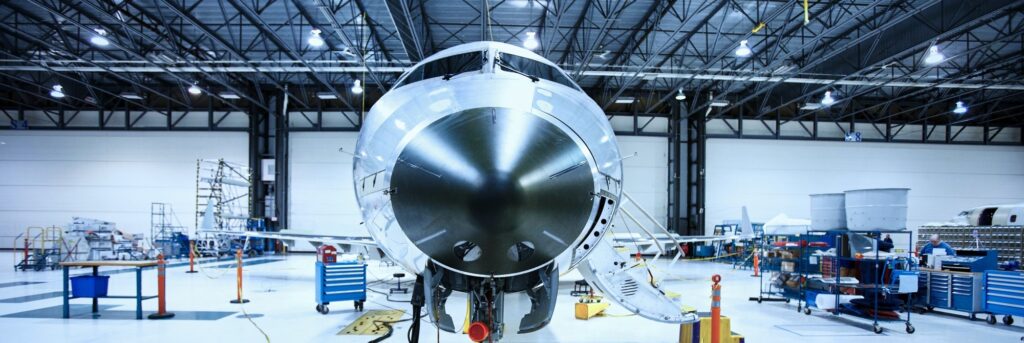Today, most commercial aviation operators have an integrated vehicle health management (IVHM) system in place, whether from their engine provider, the OEMs, or third-party providers. It’s worth noting that the number of third-party providers of IVHM capabilities has greatly increased in recent years. PRIMACY® is one of the most advanced solutions on the market combining a SoS architecture with AI for analysis of sub-systems and global system analysis.
However, that is not to say that the work is completed in this area. What’s important is, as we consider additional IVHM capabilities into operations, that we ensure that they dovetail with the existing ones and are accretive to their effectiveness. As we discern new investment and development in these areas, a robust understanding of the opportunities and limitations of the value propositions as they apply in today’s fast changing world is key.
Integrated vehicle health management (IVHM) is a broad scoped term encompassing the unified capability of systems to assess the current or future state of the member system health and integrate that picture of system health within a framework of available resources and operational demand. It is a wide-reaching capability encompassing business cases and models; legislation, certification, and standards; architecture and design; and algorithms for prognostics, diagnostics, and reasoning.
One important question is the proactive and predictive maintenance (PPMx) aspects of IVHM. Also we can rationalise the value areas provided by IVHM into three major vectors:
- operational performance,
- asset utilisation.
Within operational performance there are some very well-known areas and some lesser-known ones. Of course, the one that most people are aware of is the idea of reducing schedule interruptions. And when we say schedule interruptions, we’re typically talking about delays, cancellations, and air turn backs. If we go deeper into the delays area, we can divide this into a reduction of the number of delays and a reduction of their duration – i.e. delays still take place but through IVHM activities they can be reduced in length.
Some of the direct and indirect benefits discussed in that blog include lower emissions, lower noise levels, lower energy usage, and reduced materials usage. Lessor known operational performance benefits areas which are becoming more relevant include regulatory compliance and cyber resilience. The opportunity and imperative to use IVHM to augment and support regulatory compliance and increased safety margin has been increasing.
An excellent example of this evolution is its inclusion in the draft FAA Advisory Circular (AC) 43-218 “Operational Authorization of Integrated Aircraft Health Management Systems”. As IATA states, “once sanctioned by the FAA, may provide a template for other national regulatory authorities to emulate.” Regarding cyber resilience and IVHM, increasingly industry players such as STRATOSPHERE SA are using IVHM methods and edge-deployed artificial intelligence (AI) to detect potential cyber threats possibly hidden in very large datasets. The value of these activities is clear: automation of threat detections and reduced cyber incursion events.
Asset utilisation (sometimes called asset optimisation) is a broad topic which is receiving increased attention. An asset can be an aircraft, an engine, an APU, or any sub-assembly worthy of optimisation. The data and health information created via IVHM is a key part of the asset optimisation calculations. In addition, the efficiencies which flow from IVHM support lower parts and sub-assembly consumption, especially those which might involve rushed shipping of parts or even borrowing of parts from other airlines.
The goal of asset optimisation is to get the maximum benefit for an asset throughout its lifecycle, and hopefully create more capacity in the system and reduce cost of ownership. As with many new developments, industry in applying AI technologies to accelerate results. For example, KeepFlying uses large language models (LLM) to synthesise large amounts of unstructured data along with available IVHM data to provide advanced economic optimisation of aircraft, engines, and other assets. Expect the use of AI methods to continue to permeate IVHM applications.

Stratosphere S.A. Has a beyond state technology fully aligned with the major tech trends. The company developed over the last 10 years technology for Digital Twins, AHM, SHM, WHM and IVHM, AFS and Small Satellites. Our technology is one of the most advanced frameworks in the Industry.
Stratosphere S.A. is a global provider of integrated health management solutions. The robustness and integration of its solutions are the pinnacle of SHM and IVHM systems.
bizdev@stratosphere-tech.com

